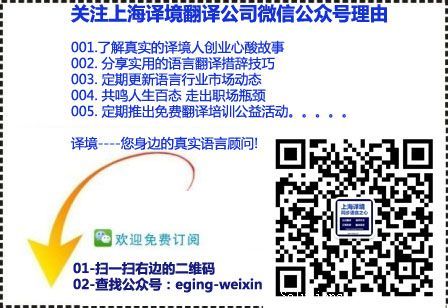Transcreation is often associated with marcom. But what about transcreation for eLearning? Transcreation involves not just translating, but adapting content so that it reflects local culture and really connects with consumers in your target market. Your goal as an eLearning developer is to create content that resonates with global learners. That is where transcreation for eLearning comes into play. Adapting your content for different languages and cultures helps ensure your content is understood and reinforced for global learners.
EXAMPLES OF TRANSCREATION FOR ELEARNING
Scenarios
Active learning strategies are supported by interactive scenarios such as case-based learning or problem-based learning. Therefore, there are a lot of scenario-based examples in your eLearning content. But you need to ask yourself: will these scenarios make sense in a global classroom? You do not need to avoid using scenario-based learning. Instead, you can transcreate, or adapt, these scenarios to make them more appropriate for learners in different markets. After all, these scenarios need to be as realistic as possible. An in-country linguist/copywriter can work with you to find the best way to adapt your content.
Important components in scenarios to consider include: familiar places, local names, appropriate measurements and temperatures, local currency, and customary food and drinks.
Acronyms
Acronyms and abbreviations pose a frequent problem with translation. When localizing your eLearning program for learners in a different market, you have to consider the meaning of these acronyms. Let’s take a look at a few examples.
Example #1: A course that is designed to train employees in food safety and compliance needs to be localized for your organization’s team in Brazil. Are there references to the Food and Drug Administration (FDA or USFDA)? These will need to be adapted for the Brazil market. There is no FDA in Brazil, but there is an equivalent. The Brazilian government’s regulatory body is known as the National Health Surveillance Agency (in Portuguese, Agência Nacional de Vigilância Sanitária). The acronym is ANVISA.
Example #2: You have a training program that needs to be localized for Spanish speakers. There are a lot of acronyms that relate to medicine. For example, Acquired Immunodeficiency Syndrome, also known as AIDs is translated as SIDA in Spanish. (In Spanish, descriptive adjectives, including ones that describe something objectively, are usually placed after the nouns they modify.)
Slang
When creating eLearning content, it is recommended that you do so with localization in mind. If that is not the case, then transcreation can help. You’ve defined your source (English-speaking) market already. Now, it is time to define your target market. Defining your target market allows the linguist to best adapt the content to make sure that it resonates.
Colloquial Expressions
It is also recommended that you avoid colloquial expressions when creating eLearning content. However, it does sneak in sometimes, as writers are often influenced by the way that people speak. Transcreation can help adapt these colloquialisms to your target market so that the content seems more realistic to learners that live there.
Transcreation is a collaborative effort between you, your language service provider, and subject matter experts. As the eLearning developer, you create the content. It is important that this content is just as effective for learners in a different market. Also, if you are looking for more examples on cultural considerations for eLearning, read one of our contributed articles from eLearning Industry.


